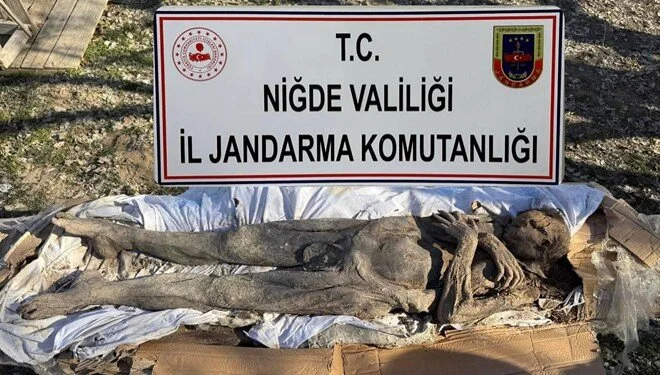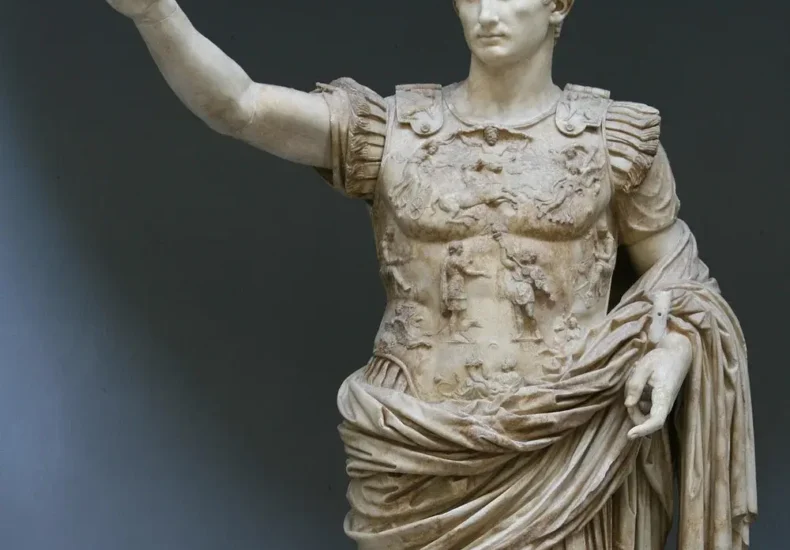
Göbekli Tepe Exhibition Reaches 5 Million Visitors at the Colosseum, Heart of Rome
Göbekli Tepe, the oldest temple in human history, was reborn in the heart of Rome, at the Colosseum Archaeological Park. The exhibition titled “Göbekli Tepe: The Mystery of a Sacred Site” has achieved great success by hosting 5 million visitors since it opened its doors on October 24, 2024. This success, crowned by the statements

Mysterious Cult Center Dedicated to Artemis Tauropolos Discovered in Ancient Amphipolis
Archaeological excavations in the ancient city of Amphipolis, located in northern Greece, have unearthed a cult center dating back to the 4th century BC, believed to be dedicated to the hunting goddess Artemis Tauropolos. The team led by Professor Dimitris Damaskos of the University of Patras discovered the remains of a rectangular mudbrick structure during

The 2700-Year-Old Ancient City of Attouda That Minted Its Own Coins
Located in the Sarayköy district of Denizli, Hisar Village, nestled in the heart of the Çürüksu Valley, is home to a rich heritage stretching from ancient times to the present day. The ancient city of Attouda, hidden within the village, offers visitors a journey through time. The Deep History of the Ancient City of Attouda

The Glyptotek Museum has returned the statue head of Septimius Severus smuggled from Türkiye
Through the intensive efforts of the Ministry of Culture and Tourism, the Glyptotek Museum in Denmark has returned the head of the statue of the Roman Emperor Septimius Severus and 48 terracotta architectural plaques that were smuggled from Türkiye. This significant restitution marks a concrete victory in the fight against historical artifact smuggling. Heritage Smuggled

Aphrodisias: The Sculptural Capital of the Ancient World and the Magic of Marble
A hidden paradise in Aydın’s Karacasu district: Aphrodisias. This unique city, one of the most important art and culture centers of the ancient world, is dedicated to Aphrodite, the goddess of love and beauty. However, what truly brought fame to Aphrodisias was its unparalleled mastery in sculpture and the magic of marble. The Dance of

They Were Caught Trying to Sell a Medieval Mummy in Niğde
The Niğde Provincial Gendarmerie Command teams apprehended 6 individuals red-handed who were attempting to sell a human mummy, believed to be from the Middle Ages, in a successful operation. During the raid in the Bor district, the mummy seized at the residence of a person named H.G. was found in a preserved state of bodily

The 3,500-Year-Old Hittite Linen Fabric Discovered 30 Years Ago is Being Exhibited for the First Time
The 3500-year-old Hittite linen fabric, unearthed during archaeological excavations at the Şapinuva archaeological site in Çorum’s Ortaköy district in 1995, has been exhibited for the first time at the Çorum Museum. This rare find provides significant information about the Hittites’ textile technology and cultural heritage. This priceless piece of fabric, found during excavations led by

“Hittites” Exhibition in South Korea
The “Hittites” exhibition, featuring 212 artifacts brought from Türkiye, has opened at the Baekje Museum in Seoul, the capital of South Korea. The exhibition showcases significant artifacts from the Hittite civilization, selected from the museums in Çorum, Boğazköy, and Alacahöyük. During the opening of the exhibition, Birol İnceciköz, the General Director of Cultural Heritage and

Mysterious Treasures of the Bronze Age: 10 New Artifacts Added to Iran’s National Heritage List
Ten ancient artifacts dating back to the 3rd millennium BC, unearthed from the Jiroft Plain in Iran’s Kerman province, have been officially registered in the country’s National List of Movable Heritage. This significant development is of great importance for the preservation of artifacts that carry the traces of the Jiroft culture’s richness from the depths

A Pledge of Loyalty in the East of Rome: The Augustus Oath of Anatolia
April 16, 1900… Belgian historian Bishop Franz Cumont of Amasya encountered a stone, a silent witness to history, in the courtyard of an Orthodox Church in Vezirköprü. Cumont’s simple note, “Monday, April 16: Copied an inscription in a Greek Church,” was actually the discovery of a treasure that would illuminate the history of the Roman
